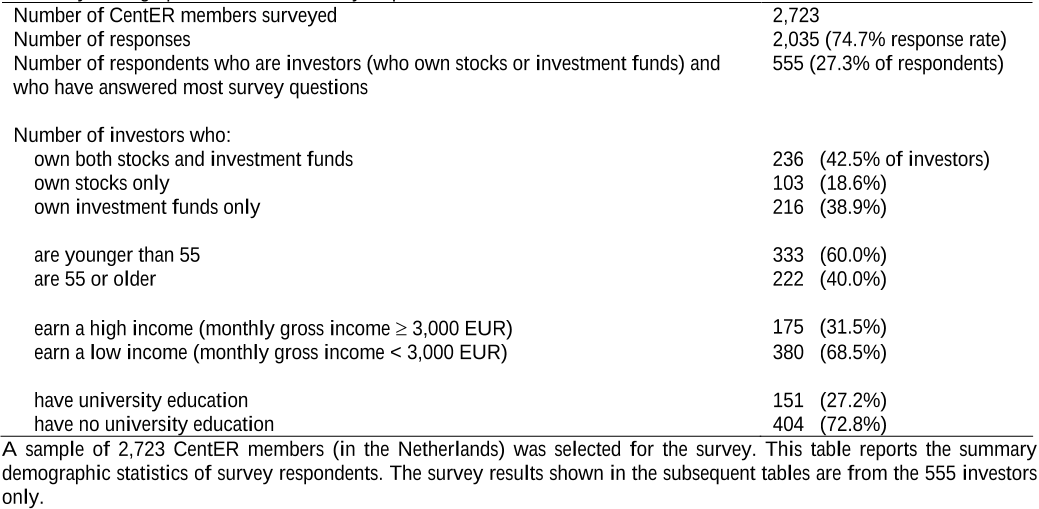Abstract: This paper explores the determinants of dividend policy of commercial banks operating in Pakistan. Dividend decision of any bank primarily depends upon its profitability, retained earnings, cash flows, corporate taxes and leverage. This study is an attempt to find out key determinants and their impact on cash payout and total payout ratios. It also aims to test the implication of dividend theories on Pakistani banks using data for a period of 8 years ranging from 2006 to 2013. Balanced panel data regression with fixed effects model has been used in this study. All independent variables - PAT, SLACK, EPS, CTA and TD [1] reported significant results. We found significant role of profitability theory, packing order theory, free cash flow theory and agency cost theory in determining dividend policies whereas, tax effect and financial slack has no effect in banking sector of Pakistan. [1] Profitability, retained earnings, earnings per share, cash flows, and leverage





